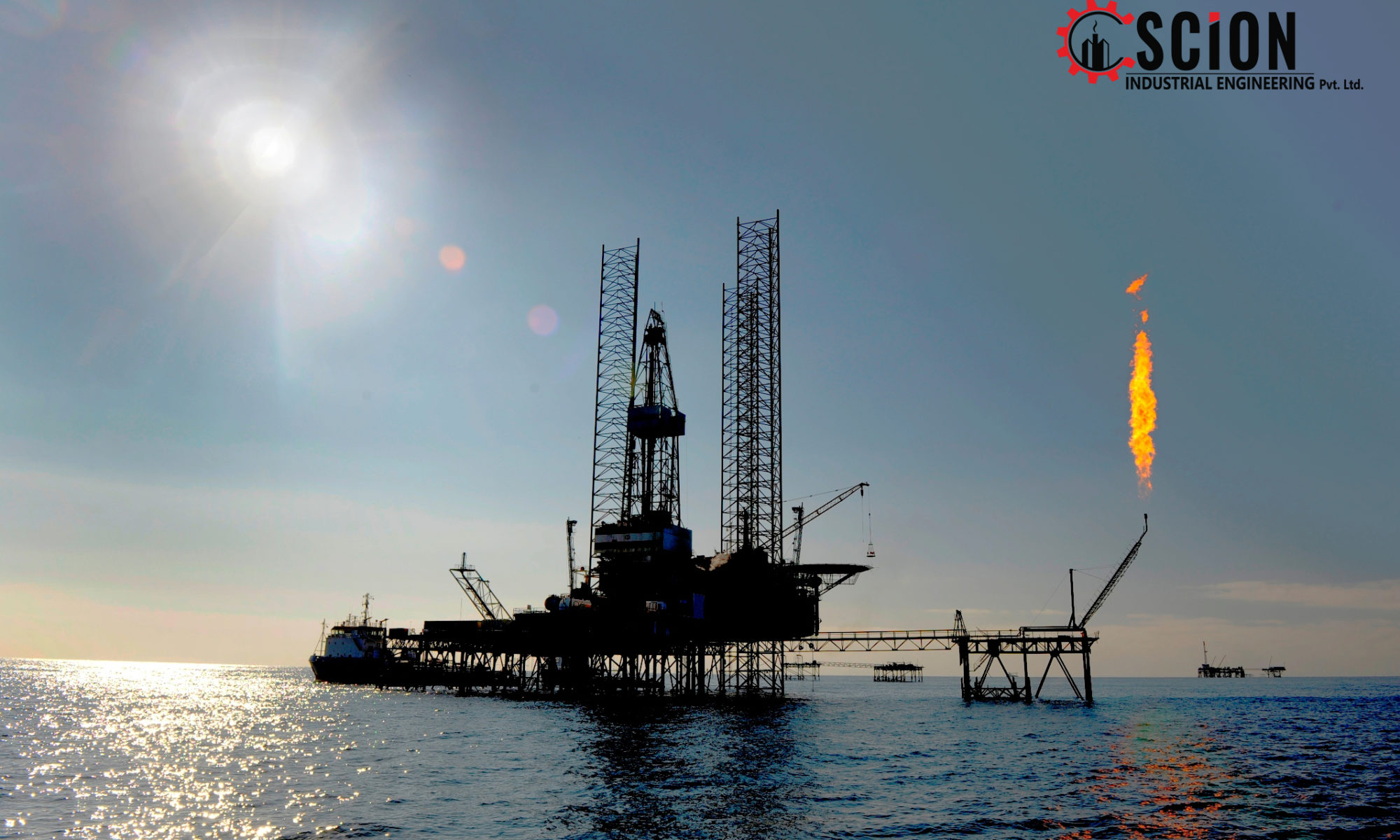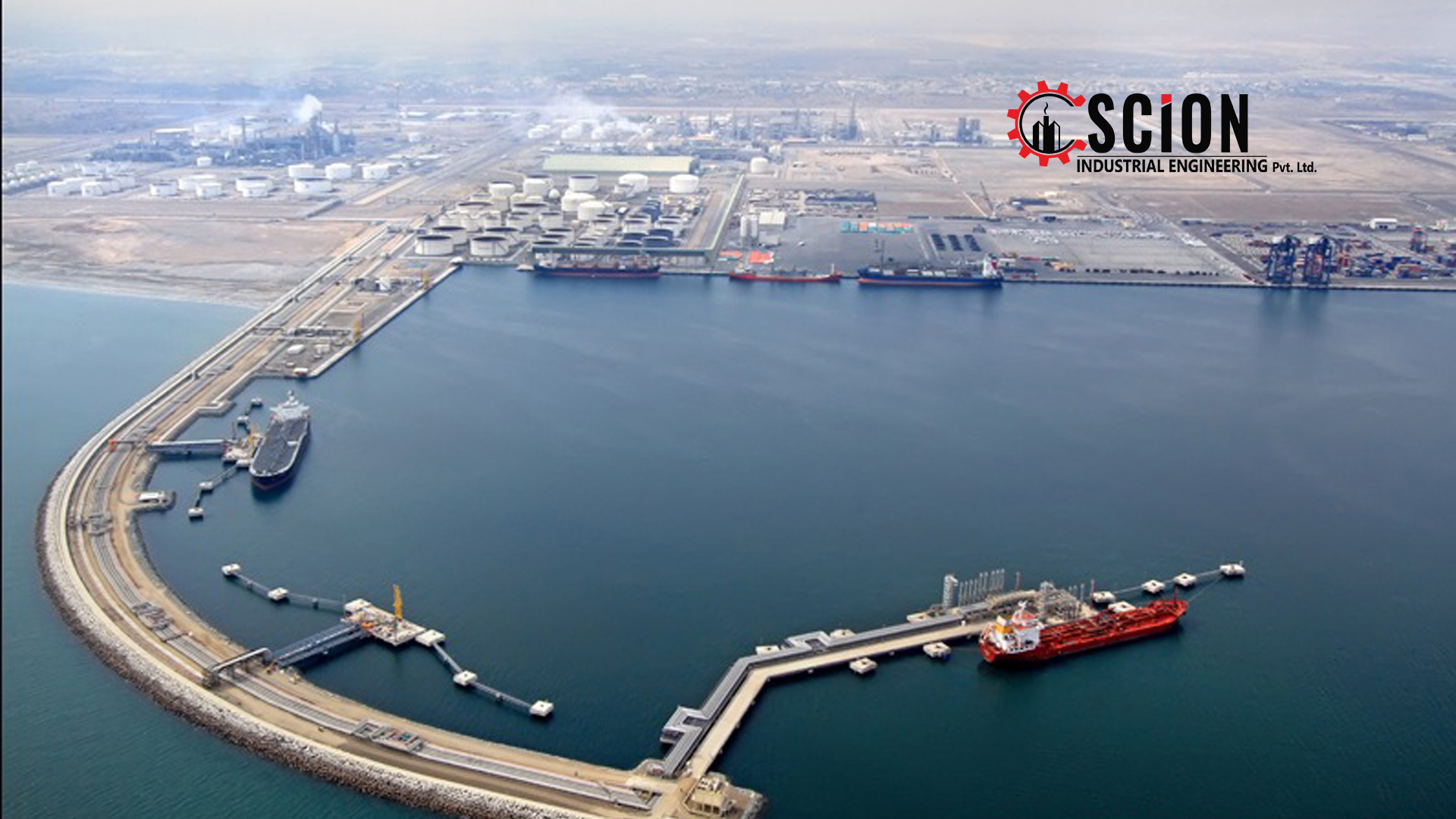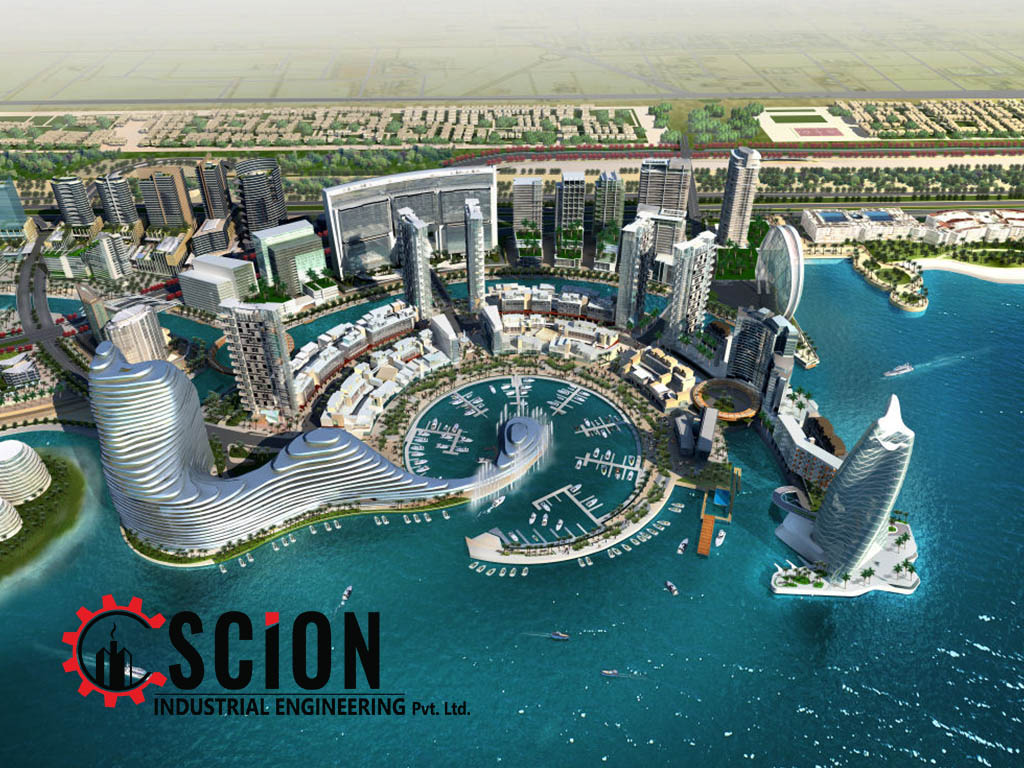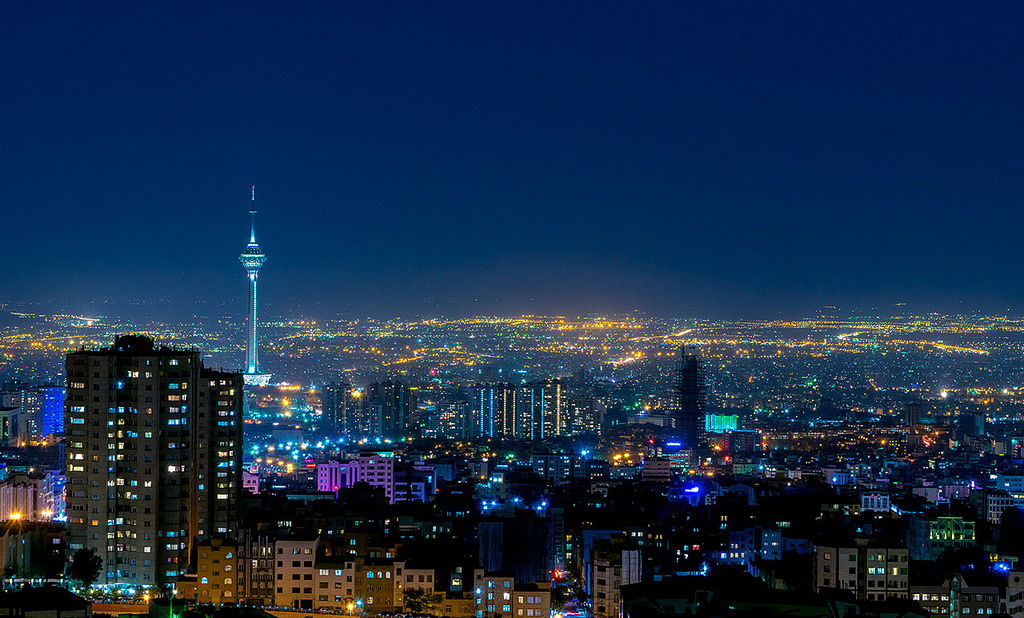Deutsche Post DHL Group, the world’s leading logistics company, today announced its collaboration with Magento, the worldwide leader in cloud digital commerce innovation, as Premier Partner for Shipping. The partnership enables DHL and Magento to offer a broad range of shipping services to e-commerce merchants, small and medium enterprises (SMEs), start-ups and online entrepreneurs in the Middle East and North Africa (MENA) region.
A study by Gartner reports that only 15 per cent of businesses in region have an online presence and 90 per cent of online shopping involves product imports from outside the region.
The study findings illustrate the immense growth potential for e-commerce merchants and online retailers in the region. The study further identifies reliable delivery system as one of the key areas e-commerce players should focus on to drive business growth in MENA.
With the shift in trend towards consumer markets and growing use of e-commerce channels by SMEs in the MENA region, we see a tremendous potential in our partnership with Magento. We look forward to providing online merchants on Magento platform with reliable and flexible shipping options to help them deliver exceptional customer experiences,” said Nour Suliman, CEO, DHL Express Middle East and North Africa.
“Magento connects merchants and shoppers. DHL connects shoppers with their goods,” said John Pearson, CEO Europe and Global Head of Commercial, DHL Express. “Our collaboration will provide Magento merchants with industry-leading international shipping and value-added shipping features from DHL that easily and flexibly connect shoppers with their goods.”
Accepting the Magento partnership emphasizes again Deutsche Post DHL Group’s intention to be the leading global provider in e-commerce logistics. The Group’s divisions together comprise the most international company in the world, present in 220 countries and territories, allowing online merchants to leverage the Group’s unsurpassed global reach to execute their e-commerce strategy.
Online retailers connected with the Magento platform will be able to select from a range of DHL shipping services, with the partnership expected to expand over time to include an increasing portfolio of parcel, express, freight and other logistics services provided by the different DHL divisions.
“Commerce is no longer just about the “buy button” and our merchants are looking to meet their customers when and wherever they want to engage, buy, and receive their purchases,” said Mark Lenhard, Senior Vice President of Strategy and Growth at Magento Commerce. “By partnering with DHL, our joint merchants will be able to offer improved customer experiences and grow their business by providing their customers with the fast, convenient shipping options they expect.”
As a Premier Partner, DHL will connect with merchants through strategic placement on Magento properties and the core product merchant administration panel. In addition, DHL will have the opportunity to educate merchants on shipping integration best practices and how to increase cross-border shipping via the Magento Community online, webinars, thought leadership pieces, events including Imagine and MagentoLive, and in one-to-one meetings. DHL will also have early access to Magento product roadmaps so as to improve integrations and the merchant experience.
“We’re particularly excited about the potential of Magento Shipping, and will integrate our most advanced shipping solutions there,” said John Pearson. “Deutsche Post DHL Group has a history of working with leading technology partners like Magento. We will maintain our global leadership position only by innovating and adopting new technologies. Magento is at the leading edge of e-commerce technology, and DHL is the global logistics leader. Our association is sure to benefit both organizations – most importantly our e-commerce customers.”
Magento’s Premier designation recognizes global leaders and brings close collaboration in key categories of interest to e-commerce merchants to deliver exceptional, end-to-end customer experiences.
Source:https://www.muscatdaily.com/Archive/Business/DHL-and-Magento-partner-to-help-online-merchants-in-Mena-59n0









